by Wallace Wyss –
Well, I mean not a coupe for awhile
The rarest Porsche road cars are the ones made in an abandoned sawmill in Gmund, Austria in the late 1940s.
Most were built as coupes. They had aluminum coachwork, hand hammered out by the few bodymen they could find in that country town that could handle aluminum.
Porsche was willing to let other firms cut some down into cabriolets and I have heard recently unearthed reports that Tatra in Czechoslovakia, and Kastenhofer in Vienna built some but have never read about them or seen pictures.
Porsche moved to Stuttgart Germany in 1950 where they aligned themselves with Reutter who made steel bodies for the 356 cars but they kept going back to Gmund coupes when they built their first race cars because they were hundreds of pounds lighter.
They even sold some rare-prepped cars to private customers, calling them 356 SL’s, “SL: for “Super Licht” like Mercedes used for the 300SLs though only 29 of the Mercedes 300SLs were in fact all aluminum bodied.
Johnny von Neumann (Elaine Bond, co-founder of Road & Track once said “I knew him when he was just Johnny Neumann”) an Austrian immigrant to America, got one of the first SL coupes after the factory had no more need for it and converted it to a roadster.
It was von Neumann who egged Porsche on to make an open lightweight steel bodied road/race car, like the Speedster. A first attempt by Porsche to build a two seater with removable windscreen was the swayback America pushed by Porsches lead importer in America, Austrian Max Hoffmann, but that one was too expensive to produce, being aluminum bodied. The Speedster, having a lower cost steel body, was its more successful follow-up.
To show you the weight difference, the 356SL coupes tipped the scales at 1411 lbs while the steel bodied Stuttgart cars registered 1763 lbs. The first four 356SLs were prepped for the Liége-Rome-Liége Rally and then Monthléry, France, the latter a record setting attempt. Once they achieved their goals they were sold off.
PORSCHE RUNS LE MANS
Porsche, which has dominated LeMans in recent decades, tiptoed into the event in 1951 with three cars, but only one made the race, the other two suffering accidents in practice. It did well, taking first in the 1100 cc class and was fifth in the Index of Performance. Porsche proudly took it to the Paris Auto Salon, preserving the “patina” (dead bugs, mostly) on the car as if to say “Yes, Porsches race.”
In 1952 Porsche went back to LeMans again with three more SLs but more significantly for sales, in ’52, three of the lightweights were imported by Hoffman to the U.S.
Back in those days the 356SL cars were current race cars. So consequently there was no thought of reserving originality once they got into private hands. You did whatever you had to do to make the SOBs faster. Two were cut into roadsters, another two had lowered roofs.
One was even made into a mid-engined car.
THE CHUCK FORGE CAR
Max Hoffman sold one of his coupes, SN356/2-063, to Johnny von Neumann in 1952, who was a dealer, marketing these new fangled sports cars from his business, Competition Motors, in North Hollywood, California.
Von Neumann liked to race the cars he sold himself. He first ran his 356SL at Palm Springs in March 1952, back when they ran races on the tarmac at the airport.
Those races were famous a little later for the celebrities they brought out there like Carroll Shelby and James Dean. That same year von Neumann raced at Pebble Beach, on the old course, which was basically a winding road through the trees, but the car dropped out from failed brakes.
Then San Franciscans saw it at Golden Gate Park by which time von Neumann had repainted it painted red. Von Neumann liked open cars (In fact, in another chapter of one of my books, I have a picture of him driving Reichmarshall’s open 540K roadster, “liberated” by the 101st Airborne during WWII, von Neumann being on the American side).
Von Neumann took the Porsche to a famous customizer of the time, Emil Deidt, who sawed off the top. It was in open form that it appeared at the San Diego Torrey Pines course in July 1952 where he won the first race in the US for Porsche.
He had made a couple more changes on the car, updating to the later production car brakes and ditching the front skirts which were really only needed for a long straight like at LeMans. Without them the front brakes got some cooling air.
As a roadster he had the car’s weight down to 1385 lbs.
To his credit he took the car back to the Midwest to race at Elkhart Lake, in Wisconsin. I was first becoming aware of racing back then and remember that only a few engineers employed by the Detroit automakers were interested in these odd little rear engine cars which could run circles around almost anything made in Detroit, especially on the ice races I watched at Waterford Lake.
The next owner after von Neumann was Bill Wittington of Woodside, California. He repainted it a blue tinted very muted gray.
He fielded the car in races at Salt Lake and once again at the Golden Gate races in 1953.
The car then switched owners to Rick Gale who apparently sponsored Ed Phelan to drive it at Golden Gate Park in 1954 and then hired another driver, Don Dickey, to pilot it at Riverside and the Stockton Airport Road races.
The car became a Northern California car in ’54 when it was bought by Ernie Spritzer who raced the car at Santa Rosa, and also did a few re-designs, mostly of the cowl and dashboard, those changes done by Gordon Vann in his Berkeley body shop. Vann was one of the early customizers, competing with the Barris brothers. He didn’t like to use lead, preferring a torch and hammer.
The car once again got re-painted, this time yellow.
In 1957 Chuck Forge graduated as a new engineer from Stanford and, in those times of plenty, right away was hired by Hewlett-Packard.
With money in his pocket he was able to buy the ex-Von Neumann roadster, and join the long line of owner/racers. One report says the engine was too worn so he temporarily put in a VW engine (hey, no surprise, early Porsches used VW cases!). He used the car for daily driving, then on weekends ran autocrosses, rallies and what was called the Continental Sports Car Club “Tours”.
He wanted to make it all Porsche again, so he rebuilt the 1500cc Super engine and re-installed it and brought the car color back to red. He had quite a few other cars that commanded his attention, including a ’57 Porsche 356 Carrera with a far more complicated engine. And he brought the car back to red, somehow a color it couldn’t avoid.
VINTAGE RACING
By then, it’s chances in regular racing where, by my definition, you race to win, not to toodle along preserving the bodywork, were nil but fortunately Steve Earle had started the Monterey Historic races. By 1981, this was the event to enter.
Chuck Forge now had a mission—to bring the car back to the same look it had in 1952 when Von Neumann won that race at Torrey Pines.
THE TIN MAN COMETH
Forge had Kent White, known as “The Tin Man,” do a restoration aimed at removing all the mistakes done by the previous owners. They had to make one of the fender skirts which was missing but the other three skirts were intact though it took a lot of body shaping to make them fit snugly as the body had been so battered in all these races.
The car has changed hands again, with the passing of Chuck Forge and is expected to be at Laguna Seca in what is now called the Rolex Revival races.
BACK TO COUPE
The new owner is Cameron Healy. According to a posting on a Porsche forum by Llew Kinst,
After Chuck’s passing his estate contracted Clark Anderson and myself to help market and sell all of the cars and parts. The Gmünd was the star of the collection. After extensive research by Clark and myself a 23 page report documenting its history was completed. All prospective buyers were given copies of this report that confirmed that this car was in fact the 1100cc class winner at LeMans as well as documenting all of it’s history from the day it was built to the day Chuck passed away.
Knowing they had purchased the LeMans winner, current owner Cameron Healy and project manager Rod Emory decided to return the car to it’s LeMans specification which meant putting the roof back on. This is how the car was presented at this years Rennsport. The work done to date is quite remarkable.
Converting it back to coupe had to be a tough choice. Why? Because it was as a works car, in coupe form, that it had won its class at LeMans. But in modified roadster form, it had made its name in America.
That’s the trouble with setting a goal in restoring a race car—do you do the car as it originally rolled out of the factory or in the configuration it was raced? And if it raced at a lot of races, which race do you choose? Well, I guess LeMans is a lot more important than Santa Rosa, (sorry Santa Rosa…) so that dictated the return to coupe.
I am hopeful of putting this car in my next Incredible Barn Finds tome but need to know any price the car changed hands at earlier—hopefully substantiated by a period ad from Road & Track’s classifieds or a Porsche 356 club ad.
This particular Gmund 356SL—seeing the way it kicked around form owner to owner was a barn find at many points on its long and action-filled journey—all I need is one example of when you could have bought one of the most historic 356 coupes ever built for a song … write me at Photojournalistpro@gmail.com.
Let us know what you think in the Comments.
THE AUTHOR: Wallace Wyss’ trio of books in the Incredible Barn Finds series can be purchased directly from the publisher at (715) 381 9755.
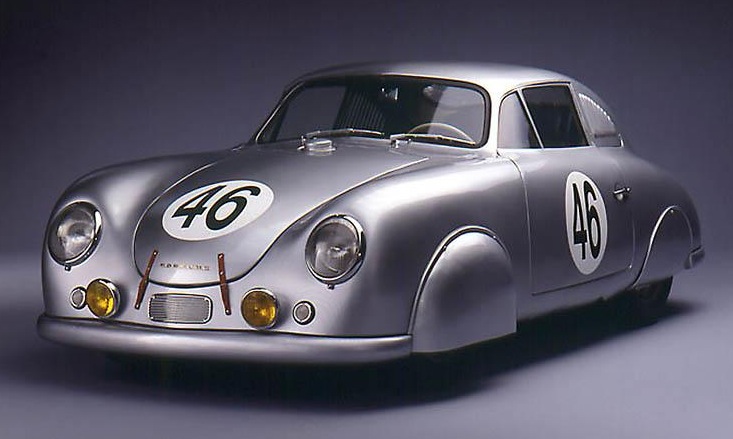
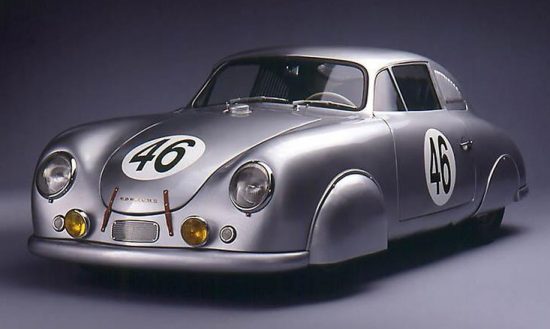
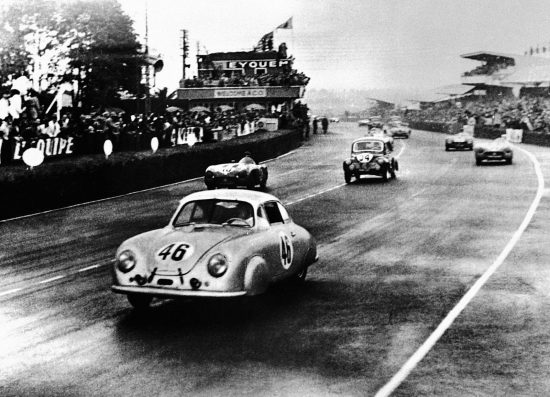
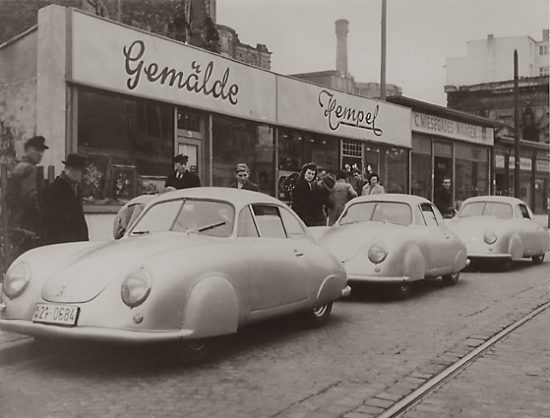
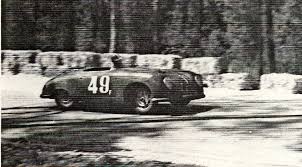
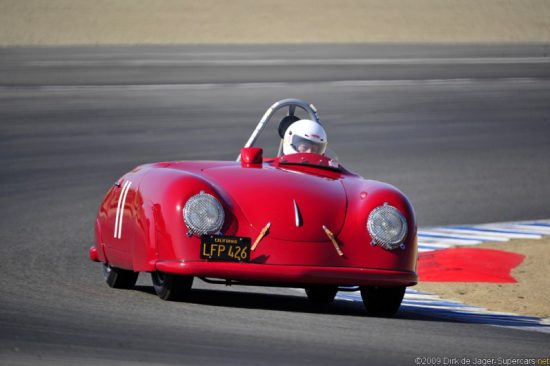
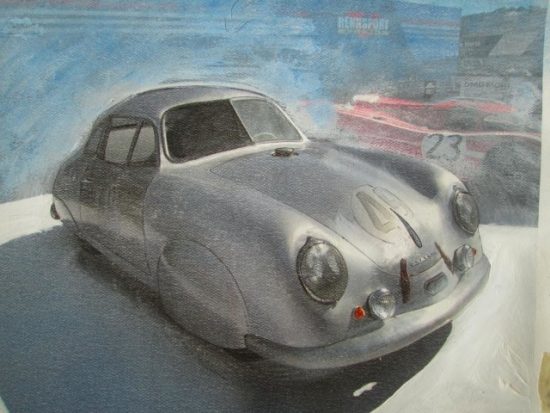



I followed Rod Emory’s progress as he returned the car to its original form. It was an amazing piece of work.